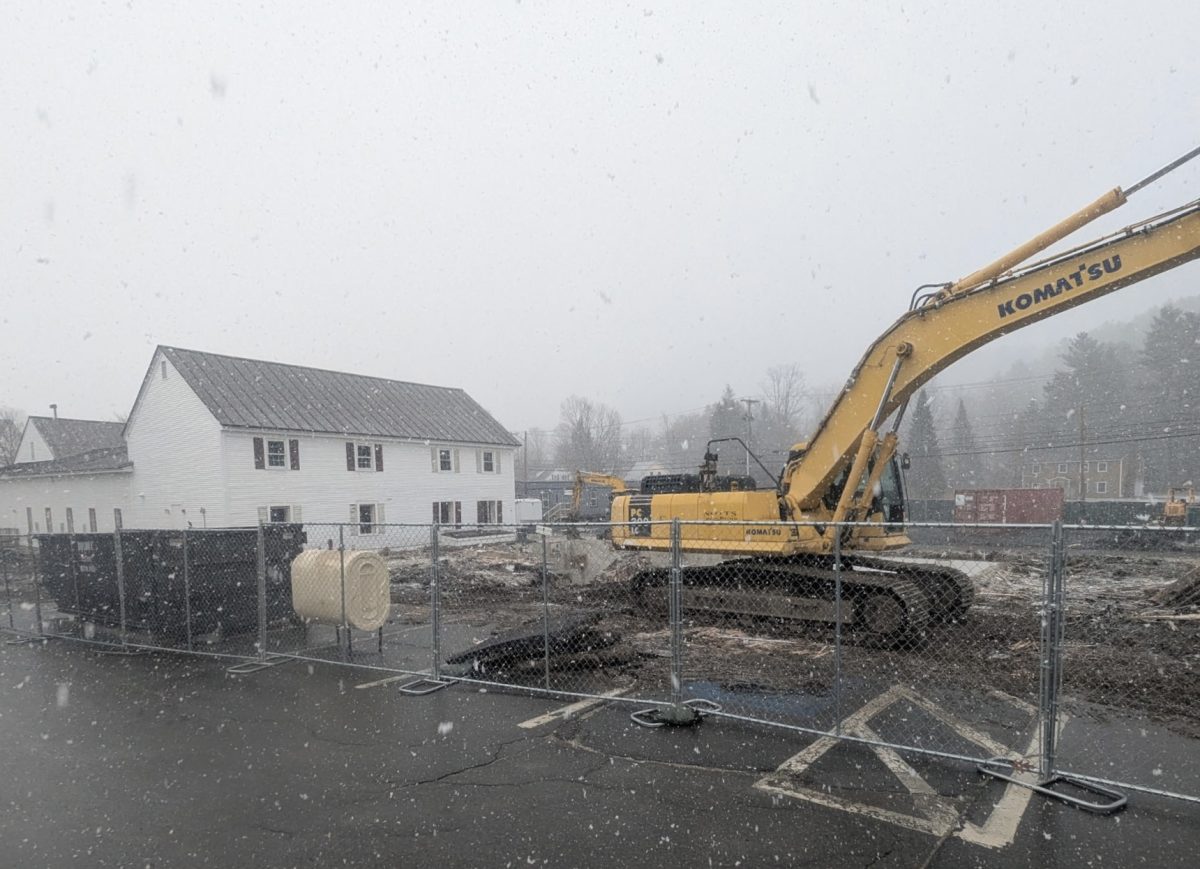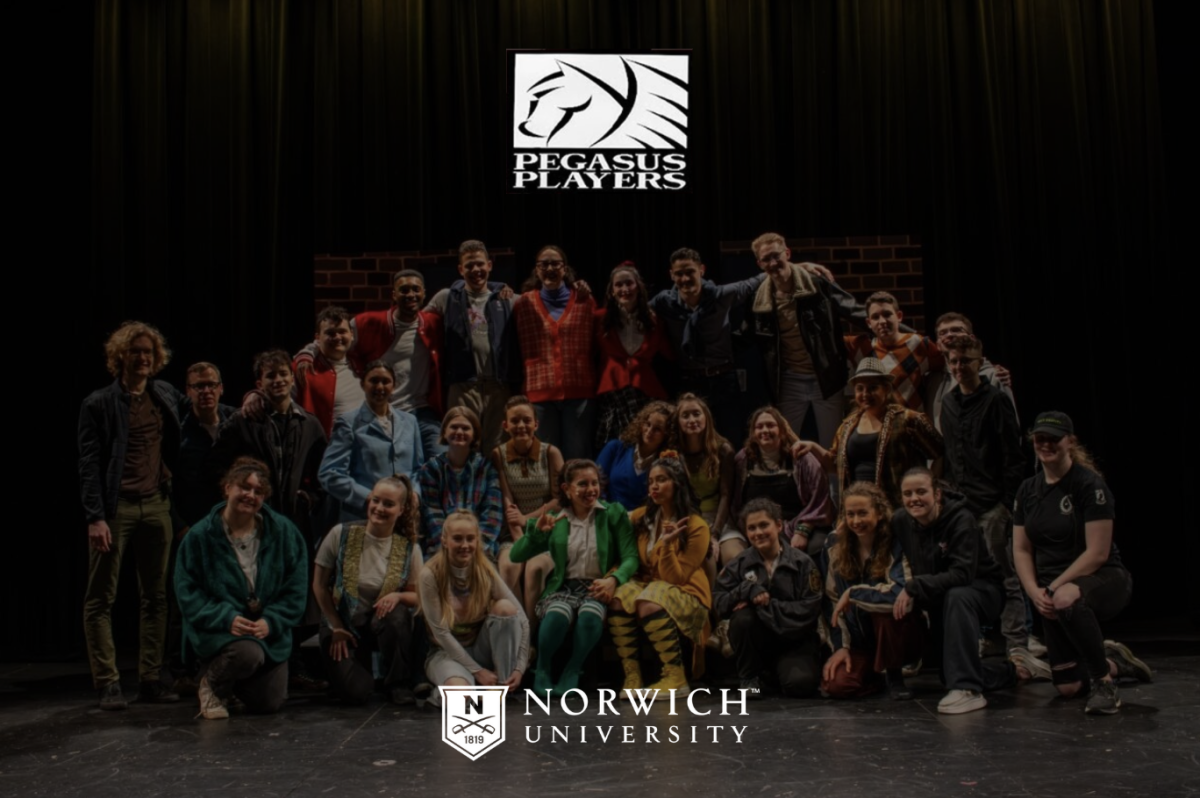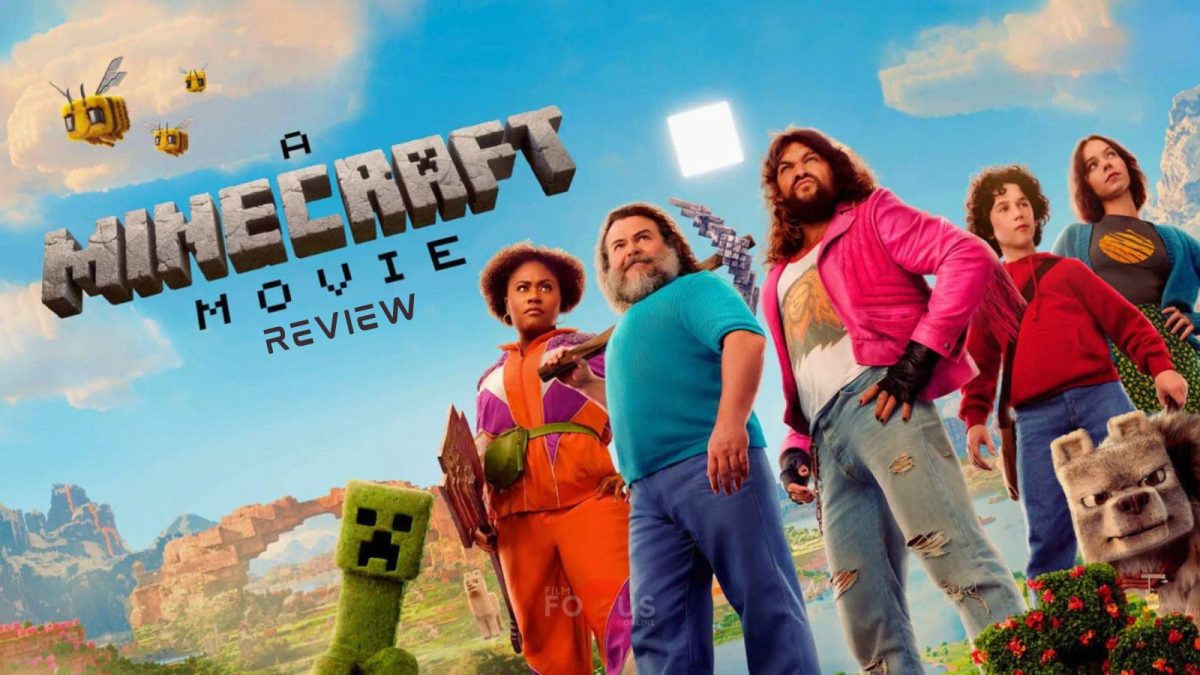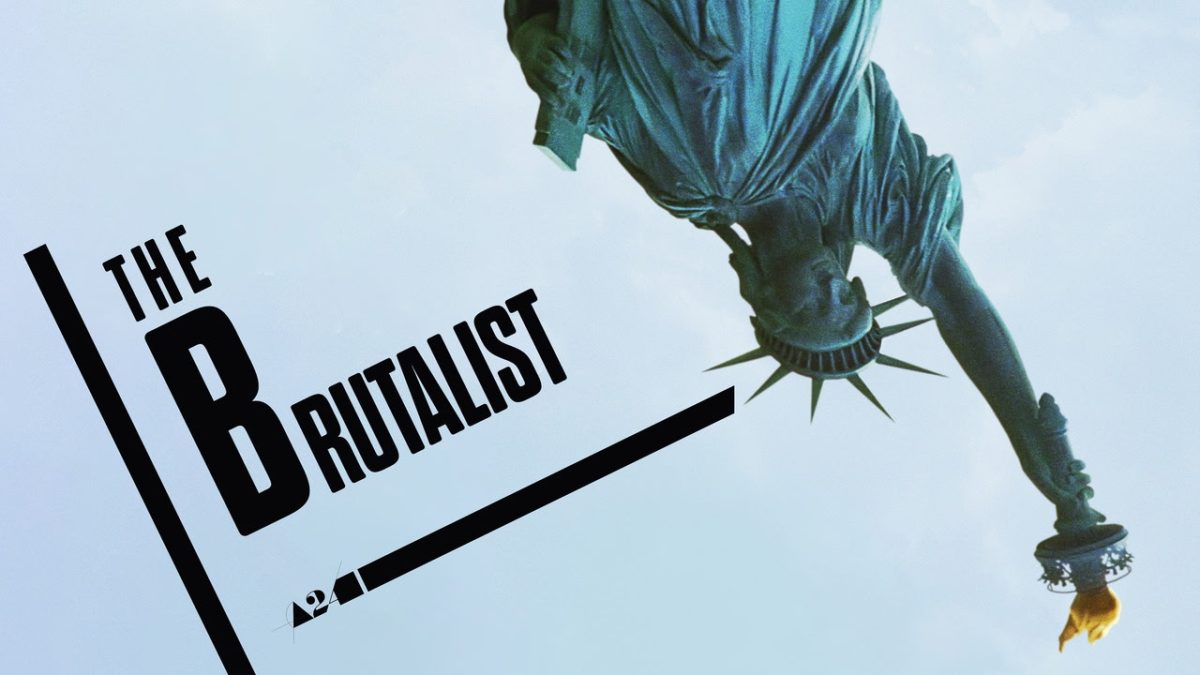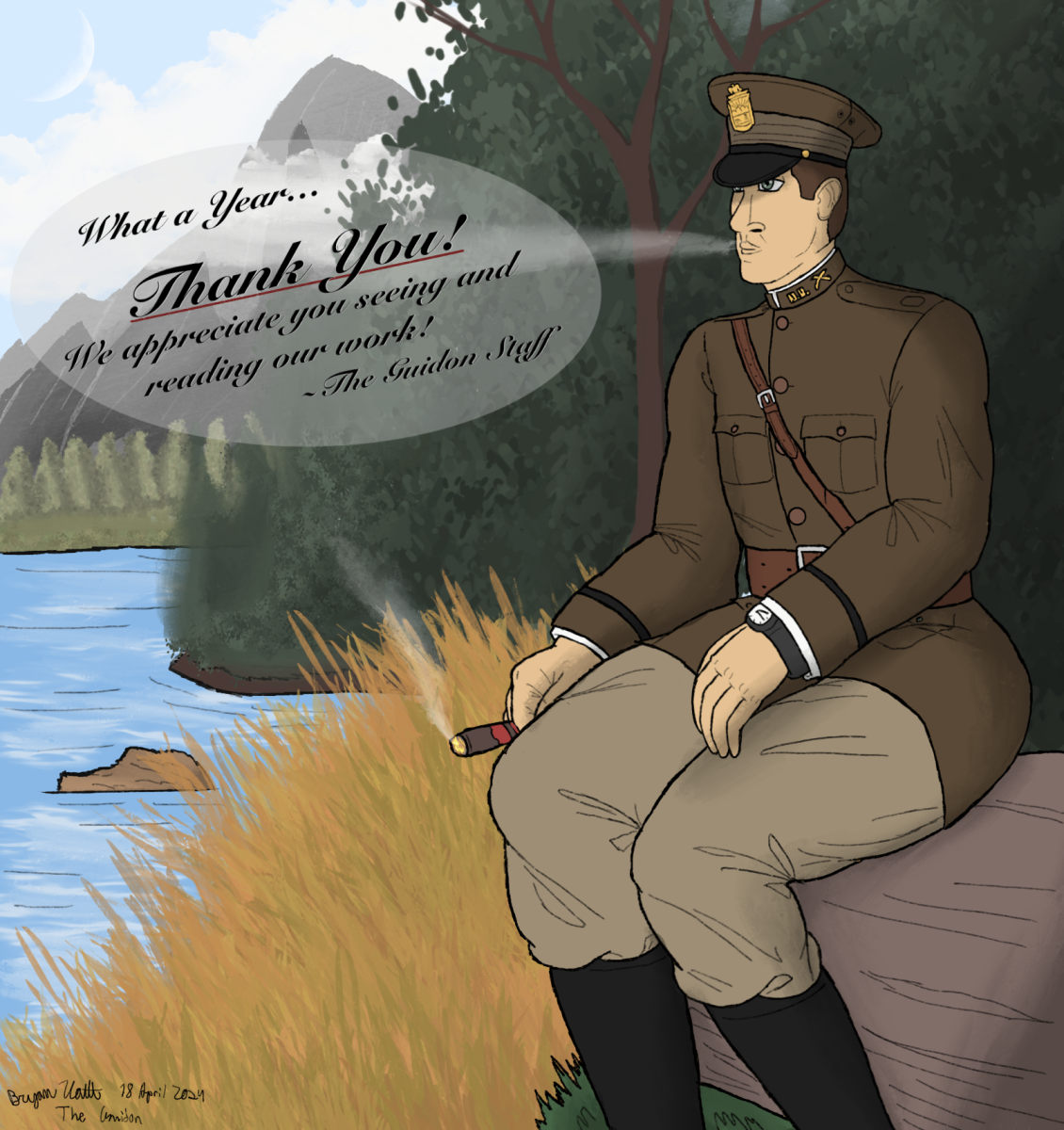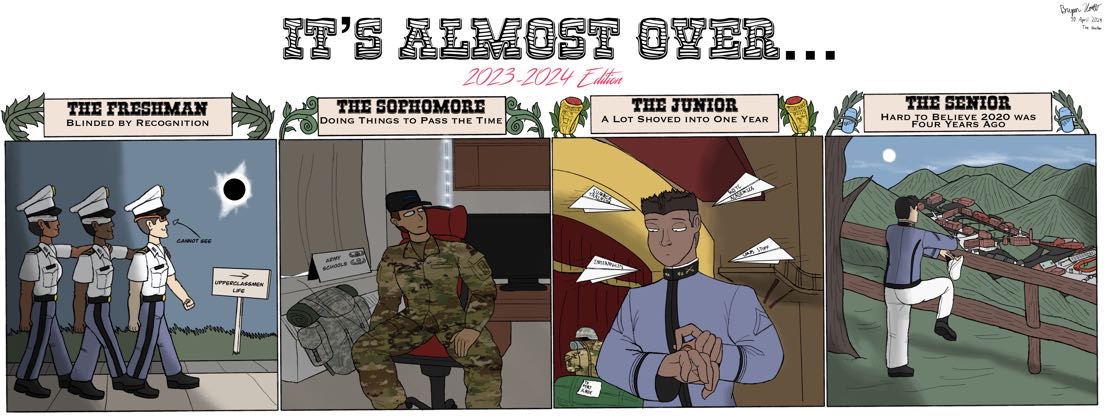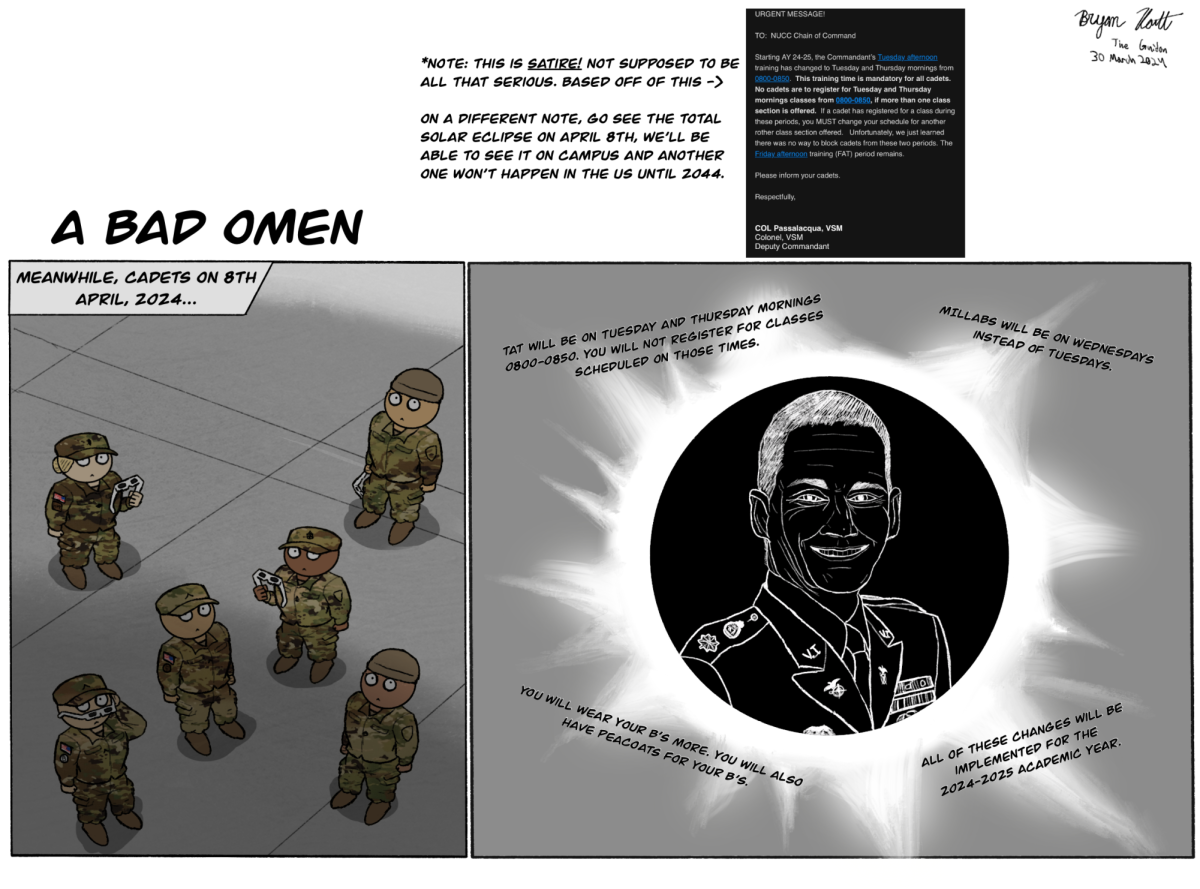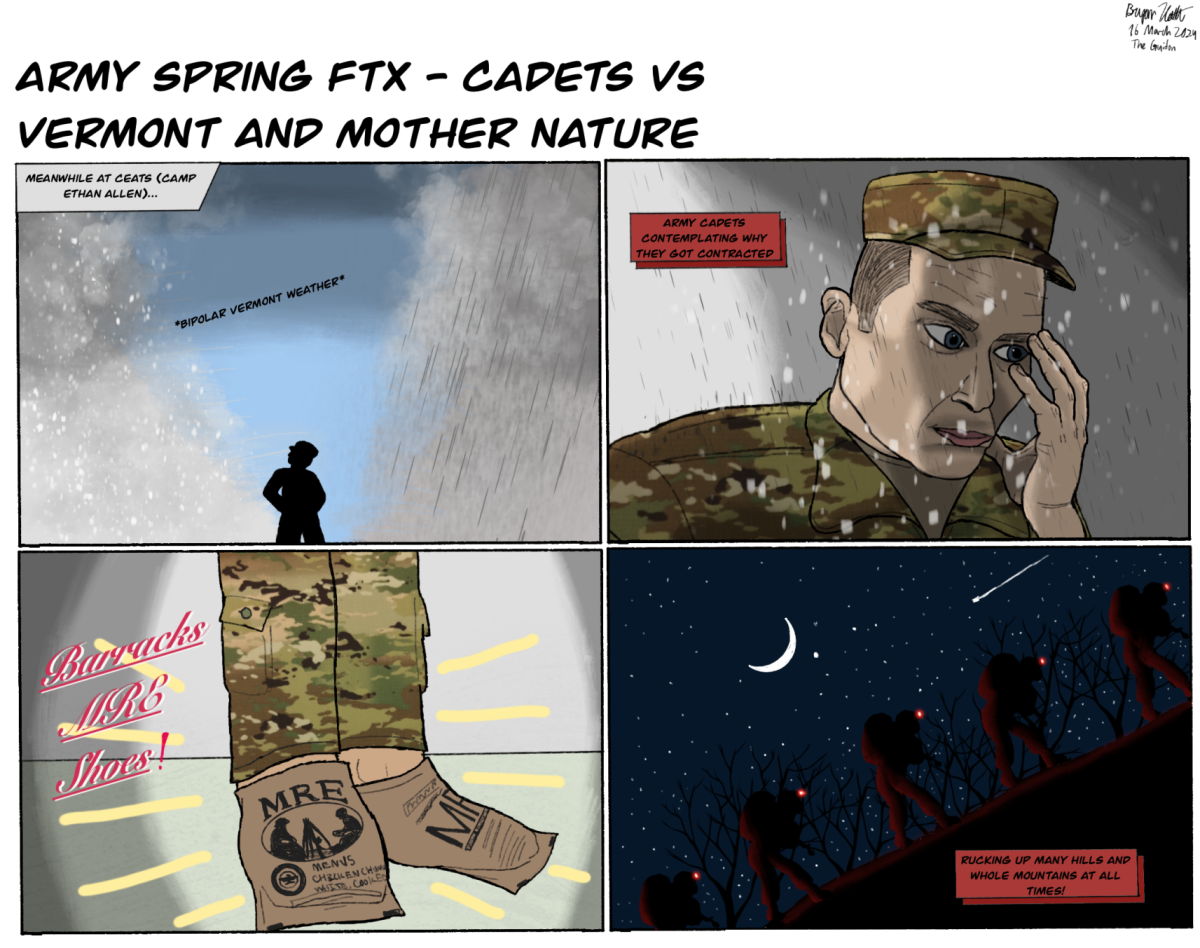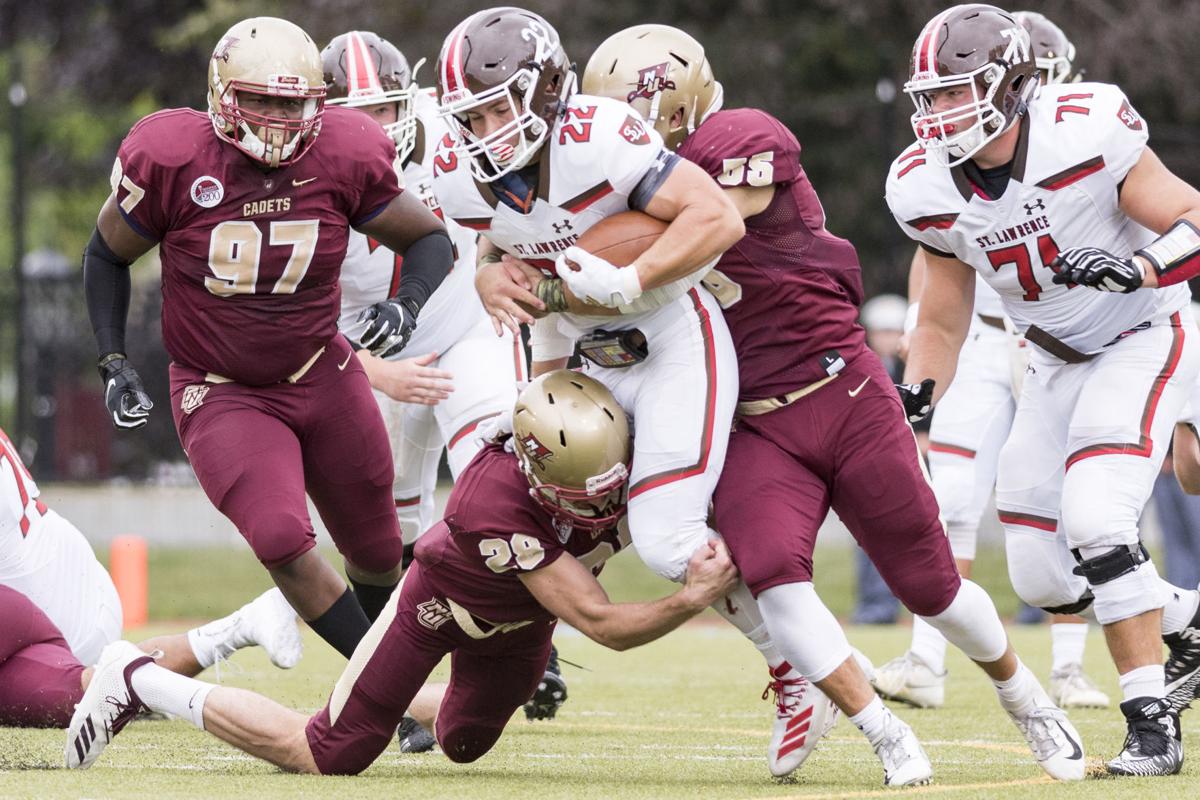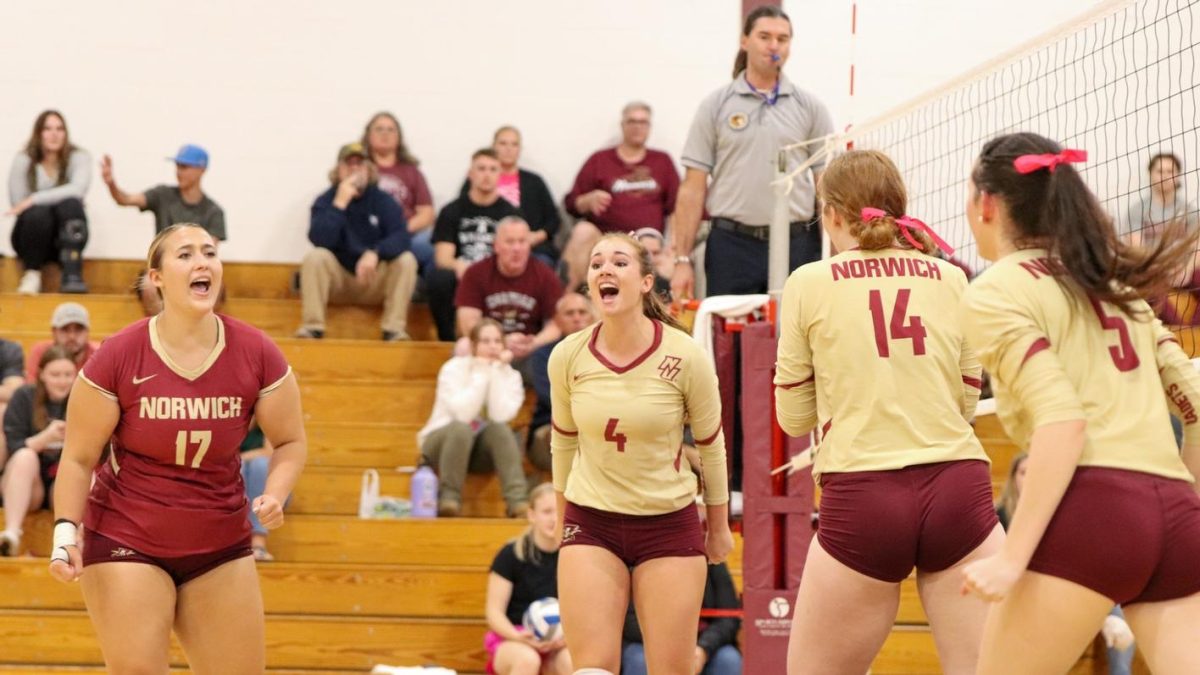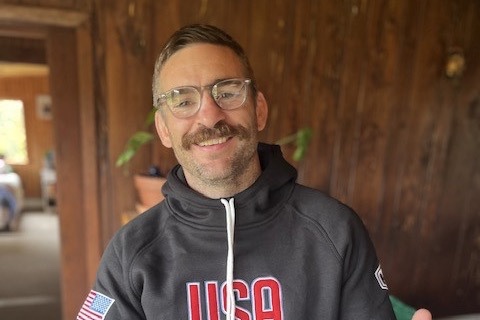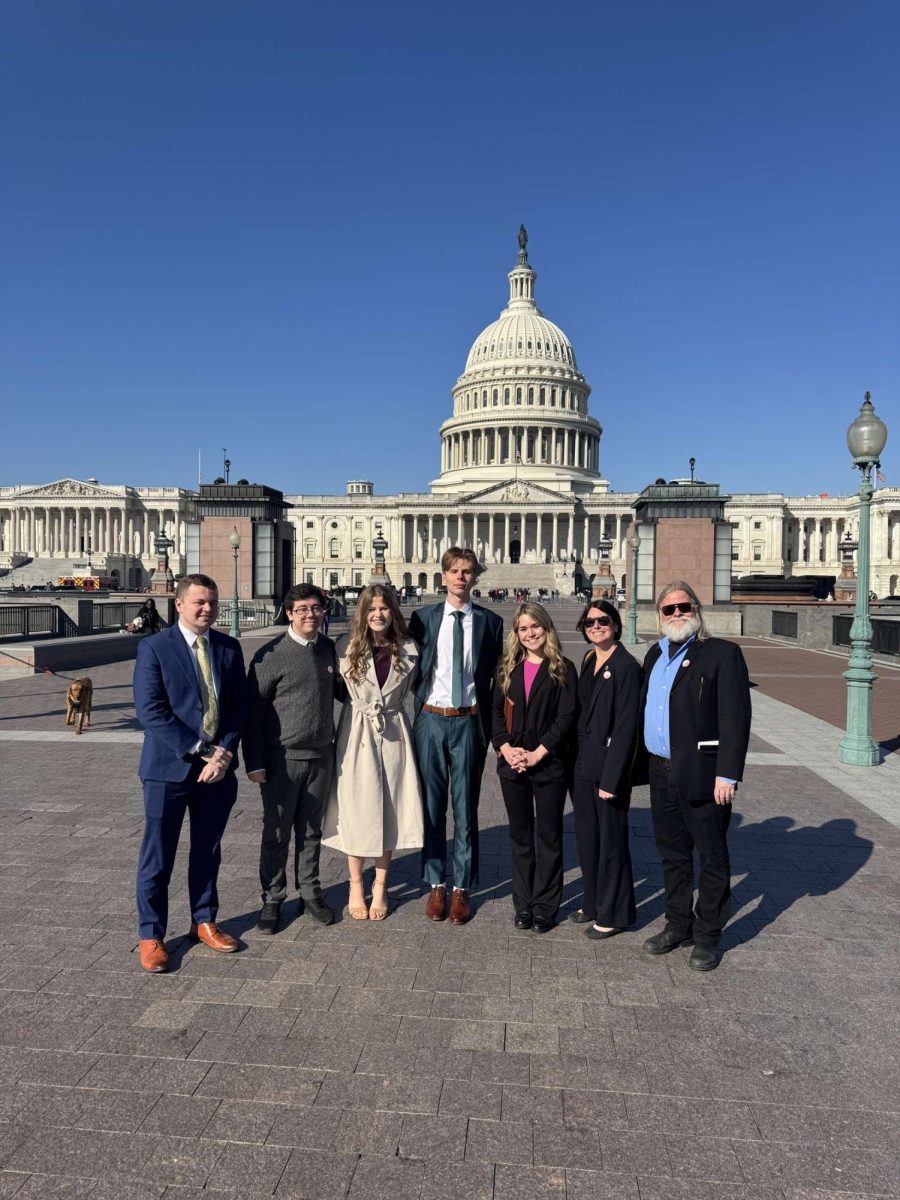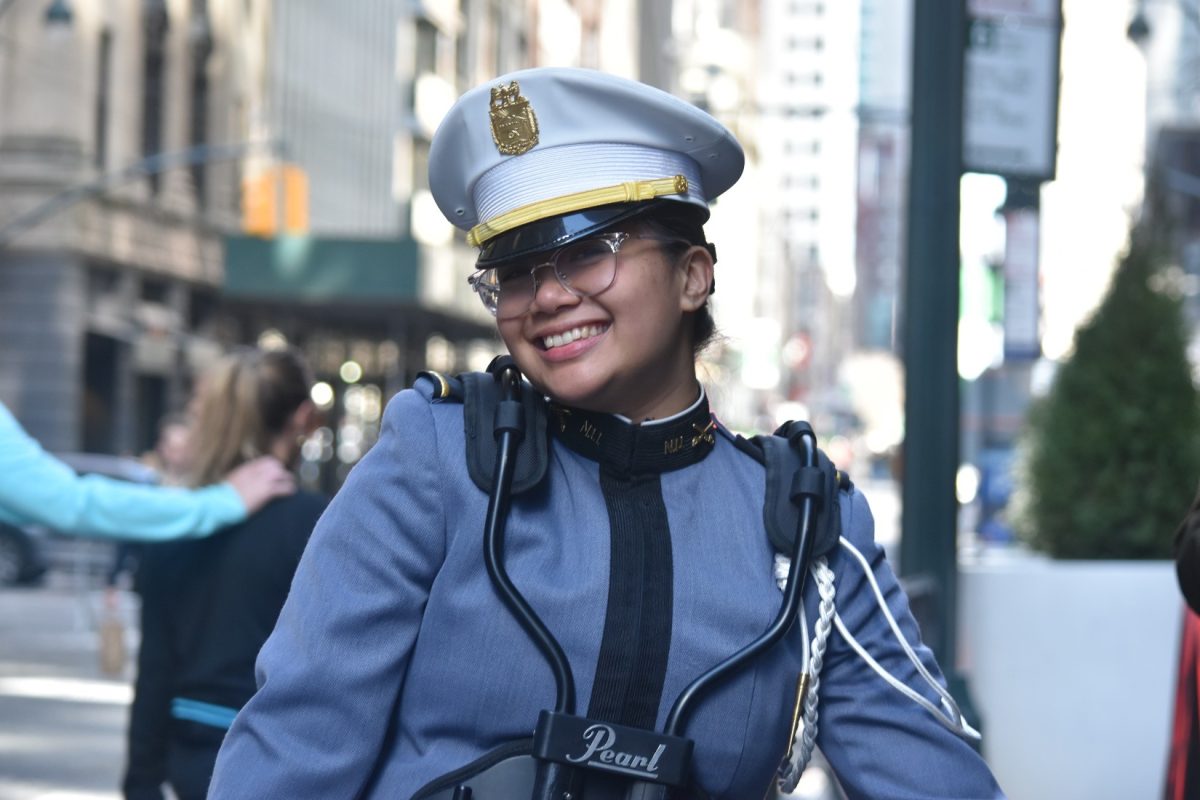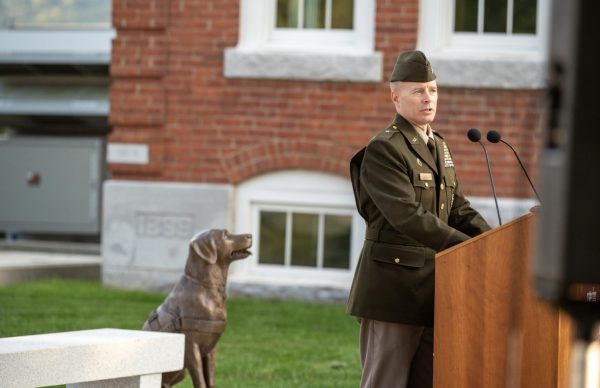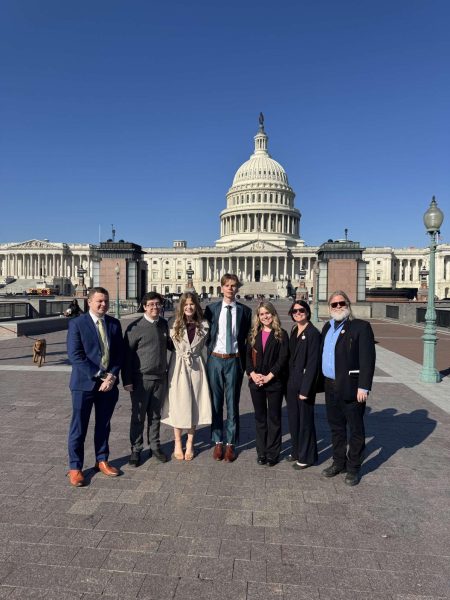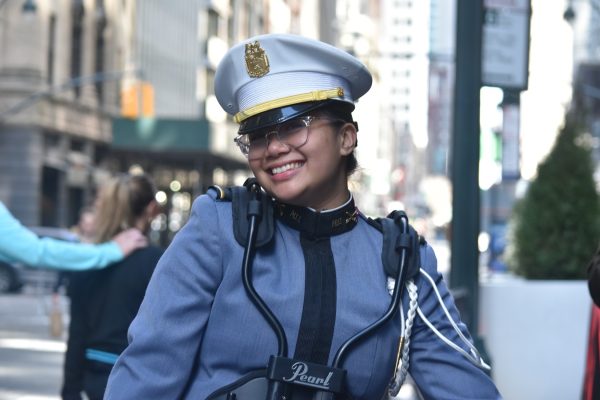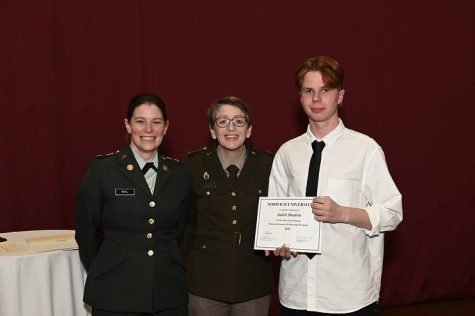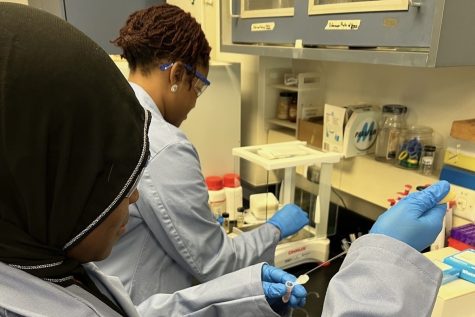Biology major reconstructs megafaunal communities in Vermont 12,000 to 11,000 years ago

My name is Nathaniel Rice. I am a rising junior civilian, and I am currently majoring in Biology. When I’m not studying organic chemistry and working on my homework, I enjoy reading, drawing wildlife, hanging out with my friends at Norwich’s Tactical Society club, and, of course, kicking it back with my six pet baby goats.
For my summer research project, I am taking you back in time – 12,800 years back, to be more specific. During the waning millennia of the last ice age, Vermont was radically different than it is now. The entire Champlain Valley was submerged under an arm of the Arctic Ocean. Our iconic fall foliage had yet to appear. It was incredibly seasonal and could be very cold. Furry elephants, giant rodents, and other exotic species eked out a living among the spruce-fir forests, the ever-shrinking mammoth steppe, and various swamps and lakes.
We know all of this information from carefully-documented fossil evidence, and yet our understanding of one facet of ice age Vermont is frustratingly incomplete. Out West, a dizzying variety of information exists about the charismatic megafauna – saber-toothed cats, terror birds, dire wolves, and the like – but there is hardly any research or information about Vermont’s megafauna.
Thanks to rare fossils (most of our fossil record was demolished when glaciers covered New England), we know that at least six big mammals inhabited Vermont – wooly mammoths, mastodons, moose, elk, caribou, and whitetail deer.
But how did these animals survive in Vermont? What did they eat? And how did they coexist and adapt during a period of rapid environmental change?
That’s what this project aims to uncover.
This project is a 10-week research grant, so I’ll be busy with it well into the summer break. More importantly, it’s a grant – so, with the exception of help from my mentor, Prof. Laurie Grigg – this project is entirely on me to complete and complete well. It’s entirely my responsibility to meet the deadlines I’ve set and to manage my time well. In a way, it’s a lot like a serious, post-undergrad job; I even get up early and “go to the office’’ (walk to my study area)! Working from home with such a self-reliant task can be a bit difficult, especially with all the associated distractions, and that’s one of the major hurdles for me. However, I’ve found that having a predictable, reliable work schedule and reminding myself of the benefits my research will have is enough to keep me on track.
In terms of interest, I just think researching is so cool! I’ve always enjoyed taking deep dives into the natural world and figuring out how and why stuff works the way it does. Why do those brilliantly colored crabapple trees outside my window attract so many bugs, birds, and squirrels? How did that bass on the end of my fishing line make such light work of my bait? Where did all the moose go? Questions like those are what drove my interest in wildlife, and are eventually what lead to me becoming a biology major.
Starting in 10th grade, I also picked up paleoart as a hobby. As the name suggests, paleoart is a subset of wildlife art that focuses on reconstructing extinct animals and the environments they lived in. Paleoart is most commonly focused on dinosaurs and other iconic Mesozoic critters, but it also applies to more recently-extinct animals as well.
My primary paleoart interest is hoofed mammals (Myotragus, a dwarf antelope from the Mediterranean with an uncanny, human-like face is a favorite subject of mine), so I leaped at the chance to apply my hobby and interests to a paid research program. I love drawing and researching extinct animals, so this grant was the perfect fit.
As I mentioned, information about Vermont during the ice age is scant and obscure, with most focus going into fossil pollen collections and Lake Champlain’s ubiquitous whale fossils. I think that this project will help elaborate on Vermont’s poorly-represented megafauna and the ancient, tumultuous world they lived in. For scientists and those interested in the technical aspects of biology, it could help further establish populations of big mammals during the ice age and help complete our current understanding of their biology.
For the average Vermonter, I think it could help capture people’s imagination and get them more interested in the world around them. For those of us who live in rural areas and are familiar with the sight of fresh deer tracks in our yards, how cool would it be to imagine that those same deer once shared their forests with 7-ton, tree-munching mastodons? For those of us who like traveling, how interesting would it be to stand on the shores of Lake Champlain, and know that 12,800 years ago that very place was a cold, rocky beach populated by seabirds and noisy hordes of walruses? Or to paddle on the Connecticut River in Rutland and imagine in these very waters 12,800 years ago Castoroides, an aquatic rodent the size of an ATV, surfacing for a breath?
I think knowing this and seeing the accompanying artwork I plan to do for this project, would be interesting to a lot of people that wouldn’t ordinarily find it so.

Your donation will support the student journalists of Norwich University. Your contribution will allow us to purchase equipment and cover our annual website hosting costs.
